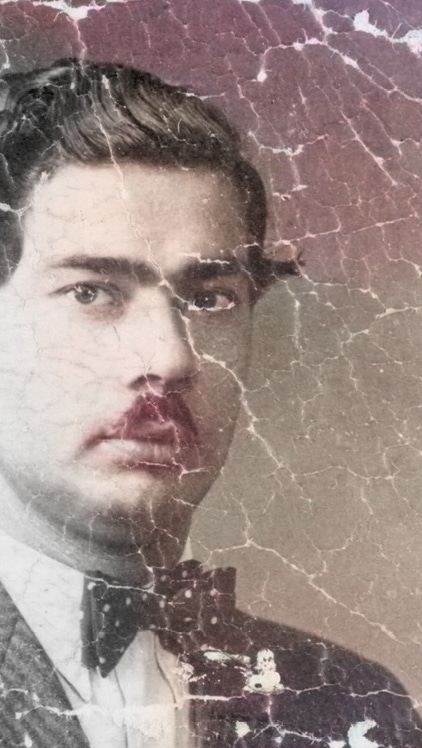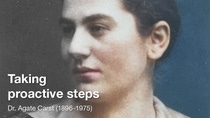Who we are
Heinrich Birkenfelder - Surviving the ghetto
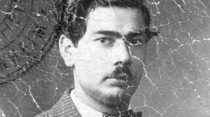
Lifetime: 1908-1986
Employed as: Unskilled stoker
Employment at the plant: 1939-1940
Grounds for discrimination/persecution: "Zigeuner-Mischling" ("gypsy" of mixed blood) [Nazi term]
Fate: Deportation; forced labor; survived
His arrest took him completely by surprise. In the early hours of May 16, 1940, Heinrich Birkenfelder – who had been working as a stoker at the I.G. Farben steam power plant in Oppau since January 1939 – was arrested in Ludwigshafen along with his wife Amalie, their four children, and 55 other individuals. He would never work at I.G. Farben again.
Hunger and fear
On Heinrich Birkenfelder’s personnel card – personnel files were not kept for unskilled employees at the time – the reason for the termination of his employment on May 16, 1940 was tersely noted down as “unsuitable.” In hindsight, this phrasing obscures the real reasons, as Heinrich Birkenfelder, classified as a “Zigeuner-Mischling" ("gypsy” of mixed blood) [Nazi term], was racially persecuted under the Nazi regime. On the day of his dismissal, a large-scale campaign took place in Ludwigshafen and elsewhere, involving the arrest of all Sinti and Roma intended for deportation – a total of more than 2,500 people. This was marked in the history of Sinti and Roma persecution as the “May Deportation” and sealed the fate of Heinrich Birkenfelder and his family. Initially forcibly relocated to a collection camp in Hohenasperg near Stuttgart, they were later deported to various ghettos in the General Governorate of German-occupied Poland on May 22, 1940.
In a court file, Heinrich Birkenfelder later recounted the traumatic experiences he endured in the sealed-off ghetto. He was subjected to “harsh forced labor” and physical abuse, and witnessed executions by shooting. The family’s fifth child was born amid these horrific living conditions, and died shortly afterwards. Heinrich Birkenfelder’s son Max was not even three years old in 1940. In later life, Max spoke with young people about his childhood – the traumatic experiences, hunger and fear of that time haunted him throughout his life.
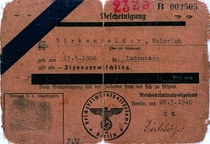
[Documentation and Cultural Center of German Sinti and Roma]
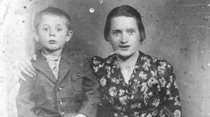
[Documentation and Cultural Center of German Sinti and Roma]
Return to Heidelberg
But the Birkenfelder family was incredibly fortunate: In 1944, they succeeded in escaping when their guards abandoned their posts as the Red Army approached. Together with other war refugees, they returned home – not to Ludwigshafen, but to Heidelberg. The family had moved from Heidelberg to Ludwigshafen in 1936 after their livelihood – like that of many other Sinti families – had been systematically stripped away from them through the non-renewal of their itinerant trade licenses and the cancellation of their social welfare benefits. For many, the only option was to seek work as poorly paid unskilled workers in the surrounding industrial cities.
In Heidelberg, the family went into hiding until the end of the war and began a new life there in the Old Town. Many Sinti and Roma hoped in vain for compensation after 1945. Many continued to face discrimination and exclusion. There are no records of Heinrich Birkenfelder’s experiences in postwar Germany. He died in his hometown of Heidelberg in 1986.
To this day, Heinrich Birkenfelder remains the only Sinti or Roma individual whose employment at the I.G. Farben plants in Ludwigshafen/Oppau has been documented in writing.
